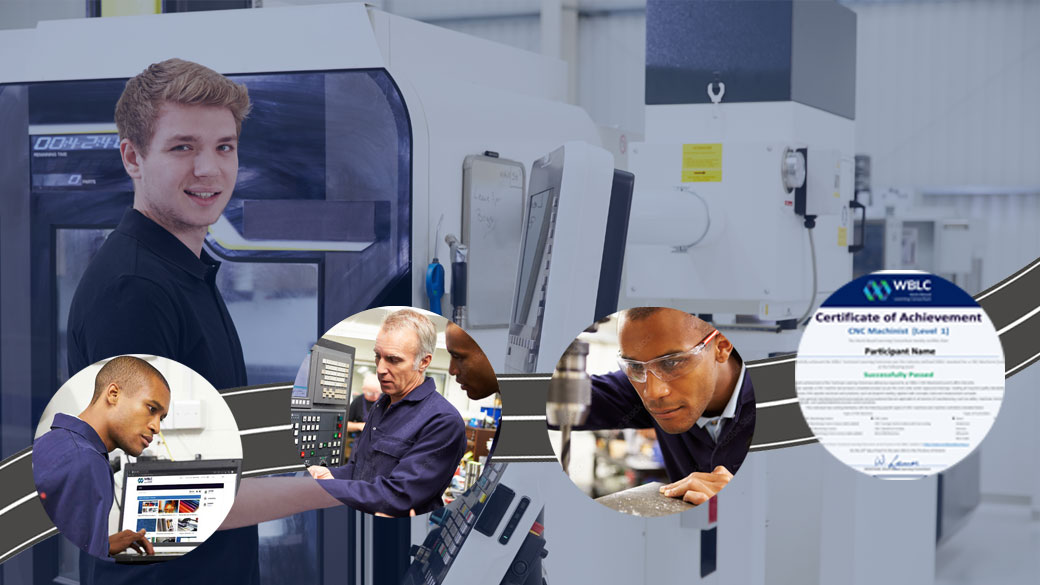Ad-hoc, on-the-job training has been practiced for ages. The problem is there is no defined finish line, nor the associated recognition of achievement at the end.
There are considerable practical and important benefits for industry, workers and others in certification programs for various job training programs:
- It builds awareness of the quality of your trainees
- For company managers, it provides an objective measurement for you that your employees are competent in the technical elements of their job
- Certification helps employees validate their career choice, see the value of learning and generates excitement about gaining new credentials
- It often increases interest from potential applicants to a sector that employs certification, compared to other sectors that do not offer certification
- Over time, companies see both an increase in the capabilities of their employees and also an increase in their retention rates
How Does the Certification Process Work?
Prior to developing any training, WBLC works with industry subject manager experts to define the technical learning outcomes that are required to successfully complete a training program for a specific job. WBLC then creates a learning program that ensures all the required key knowledge elements have been embedded into the training program.
At the end of the training, the WBLC assesses and, if fully satisfactory, independently certifies Trainees’ qualifications and skill levels for the job at the completion of their ‘On-the-Job’ learning and awards the trainee a WBLC Certificate.
For example, the certification process for a CNC Machinist involves the trainee successfully passing tests administered during the e-Learning and practical ‘on-the-job’ training. During the process, the trainee demonstrates their knowledge of general manufacturing technical practices and procedures, and knowledge of technical work practices by completing an on-line examination.
In the CNC Machinist program, an independent WBLC Assessor verifies that the Trainee can set up machines and produce parts as per work orders or approved drawings while meeting all required quality standards and scrap standards. This outcome will be assessed at the conclusion of the training by having the WBLC Assessor observe the Trainee performing required job tasks and completing a practical assessment.
WBLC has established an industry recognized finish line and those that successfully cross it, receive a certificate.

